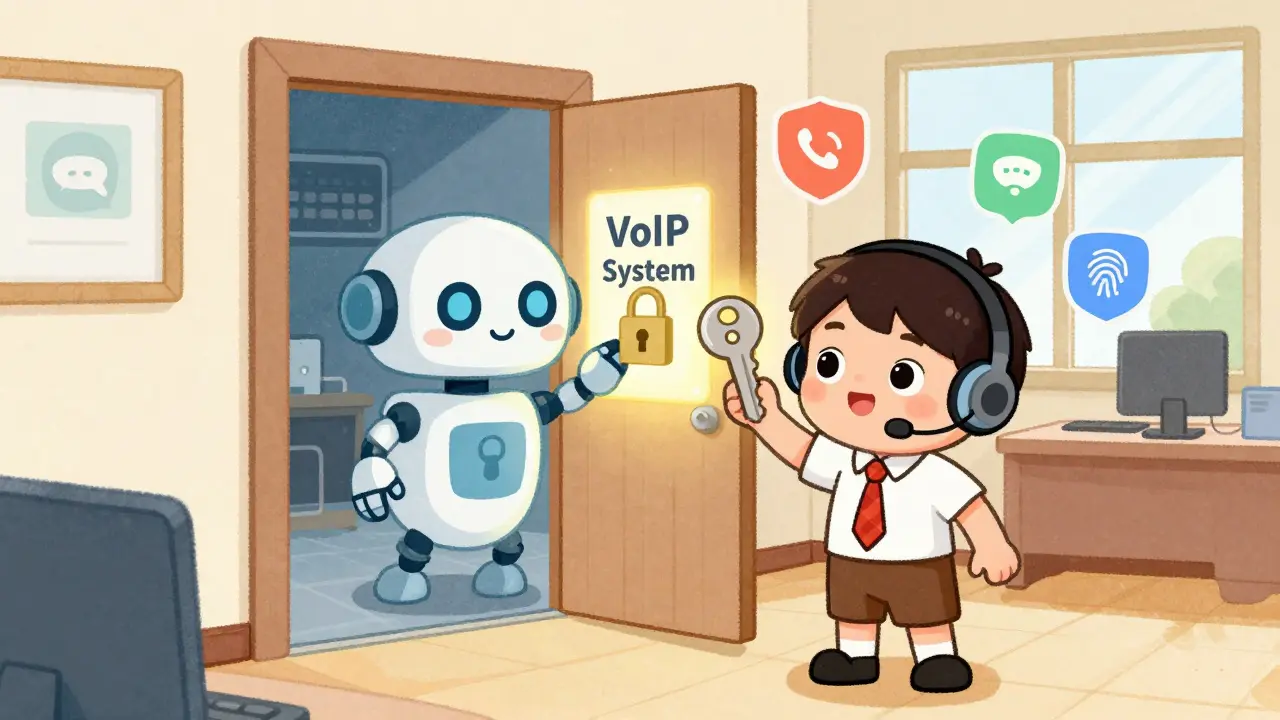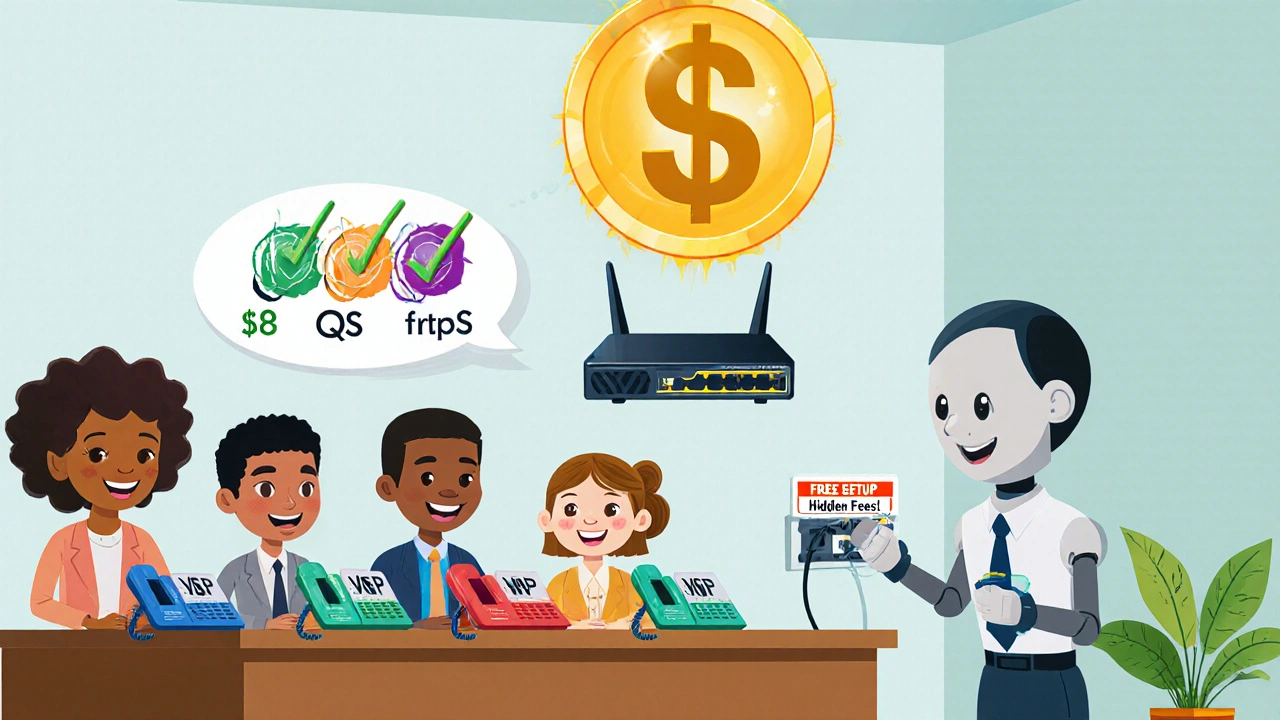Small Business VoIP: Cut Costs, Boost Calls, and Stay Connected
When you hear small business VoIP, a phone system that uses your internet connection instead of traditional phone lines. Also known as cloud phone system, it lets you make and receive calls from any device—laptop, phone, or tablet—without expensive hardware. Most small businesses still pay too much for landlines that don’t move with them. VoIP fixes that. It cuts phone bills by 50% or more, works from home or on the road, and adds features like call recording, auto-attendants, and texting—all in one app.
It’s not just about saving money. cloud VoIP, a phone system hosted online with no on-site servers means you don’t need an IT team to fix it. If your team grows from 5 to 50 people, you add lines in minutes, not weeks. And if someone works from a coffee shop or another country, they still use the same number. That’s why tools like OpenPhone VoIP, a simple cloud-based system for calling and texting are popular with remote teams. You don’t need a desk phone. You just need Wi-Fi.
But VoIP isn’t magic. It needs good internet. Poor quality calls? That’s usually a bandwidth or settings issue—not the system. That’s why posts here cover everything from VoIP call recording compliance to fixing audio that’s too quiet or too loud. You’ll find guides on choosing between auto-attendants and IVR, setting up virtual receptionists, and even how to use VoIP if you still have old analog phones. Some businesses worry about security, but with proper access controls like RBAC for VoIP, role-based access that limits who can change settings, you can stop toll fraud before it starts.
What you’ll find below isn’t theory. It’s what real small business owners use in 2025: free options that actually work, tools that help track customer calls, ways to forecast busy times, and how to stay legal when recording conversations. Whether you run a one-person shop or a team of ten across three time zones, there’s a setup here that fits. No jargon. No upsells. Just what works.

